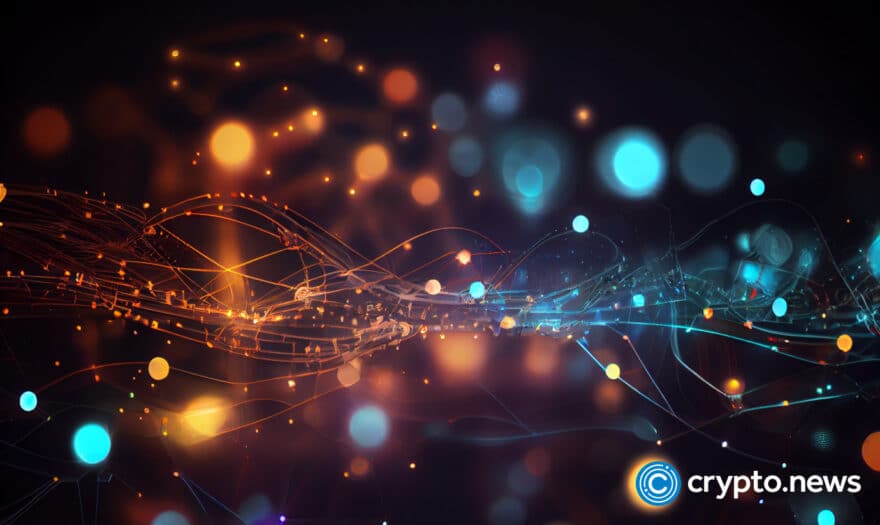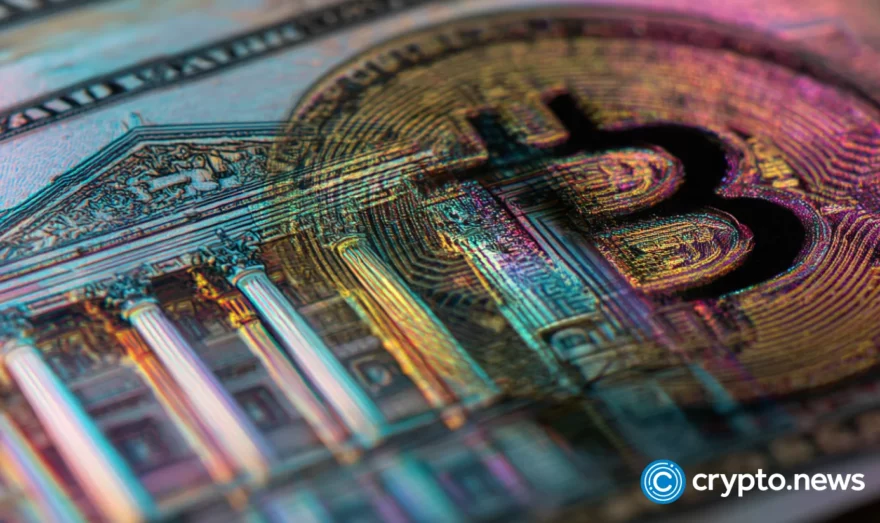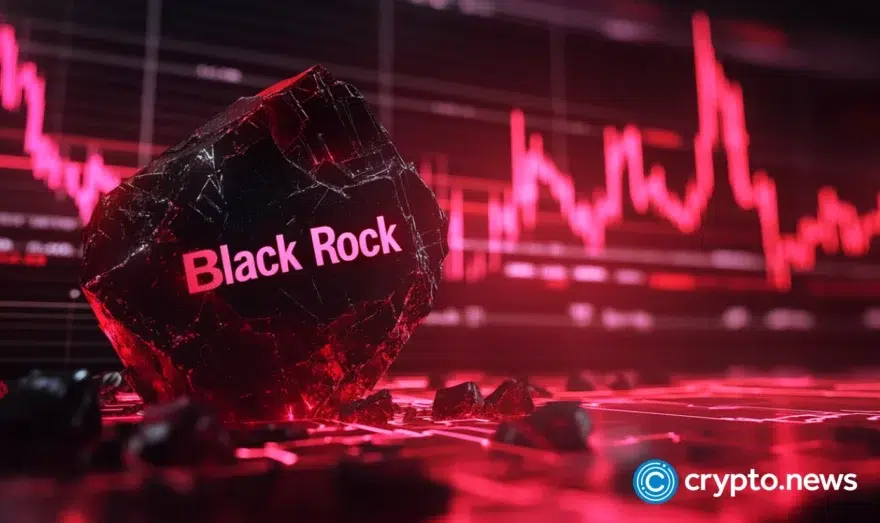As NFTs Continue to Boom, Charlie Lee Shares His Thoughts on Fungibility

The innovation of Non-fungible tokens (NFTs) in the world of blockchain promises to introduce a new means for authenticating ownership of digital artifacts.
Understanding NFTs
Non-fungibility refers to these tokens’ uniqueness and indivisibility, which means that NFTs can’t be exchanged for other tokens as they hold special features and valuation.
These unique tokens can act as the ultimate proof of ownership, ensuring that artists are reimbursed for their efforts and collectors can purchase and trade the tokens with ease.
While sharing his thoughts on NFTs, Litecoin creator Charlie Lee took issue with the non-finite nature of NFTs. He noted in a series of tweets that it takes zero cost to create an unlimited number of these tokens.
The problem with NFTs is that they are Non-Finite Tokens. There is zero cost to create unlimited number of tokens.
Sure, Justin Roiland's NFT is unique and awesome. But what's stopping Matt Groening or Mike Judge or thousands of other artists from creating millions of new NFTs? https://t.co/anlEmfhmPW
— Charlie Lee (@SatoshiLite) February 15, 2021
“Because of the near-zero cost to create another NFT, the market will eventually be flooded with NFTs from artists trying to cash in on this craze. Supply will overwhelm demand, and the prices will eventually crash,” the crypto enthusiast explained.
Lee added that he had created a unique Chikun NFT, which cost him nothing except the gas fee on Ethereum. He argued that should the demand for his Chikun NFT shoot up, other artists could get in on the action by creating identical Powered Chikun tokens, resulting in diminishing value.
NFTs are a Hot Topic
Charlie Lee’s views on the artificial scarcity of NFTs come just days after the subject dominated talks at the just concluded ETH Denver virtual conference.
Over the past year, numerous NFT-backed games saw significant advancements in player bases and governance, propelling the technology into the limelight in the crypto space.
The weekly volume of the non-fungible token’s market now stands at about $8.2M as the tech continues to garner adoption in gaming and collectibles. Even celebrities like Rick and Morty creator Justin Roiland are now turning to NFTs to distribute art and interact with fans virtually during the Covid-19 induced lockdowns.
Rick & Morty Creator Is Selling NFT Artwork on #Ethereum
► https://t.co/eU23Ct17J5 pic.twitter.com/pVpFjkF8Ts— Decrypt (@decryptmedia) January 14, 2021
As a result, NFTs are starting to see some serious adoption, with recent Dune Analytics data showing that traffic on popular NFT marketplace Opensea is beginning to curve parabolic.
https://twitter.com/NTmoney/status/1359565688147308545
Speaking during the ETH conference, Alex Salnikov of Rarible noted that collectibles and gaming aren’t the only fields where NFTs play an increasingly significant role. He argued that smart contracts’ technical advancements are leading a boom in DeFi and creating more use cases for NFTs.
Opinion Is Divided on NFTs
While NFT critics contend that these tokens have non-finite attributes, many proponents argue that they are scarce and authenticable on the blockchain.
Some detractors also cite concerns over the inability of NFTs to stimulate real-world volume, adding that NFTs such as digital paintings can only be purchased and held instead of being traded.
On the other hand, NFT advocates argue that these tokens hold great promise in expanding the digital resource economy and reshaping the future of collectibles.
NFTs may well represent the blockchain’s next frontier; the new landscape’s eventual maturation will undoubtedly result in exploding real-world volumes and thriving markets as new use cases emerge.














